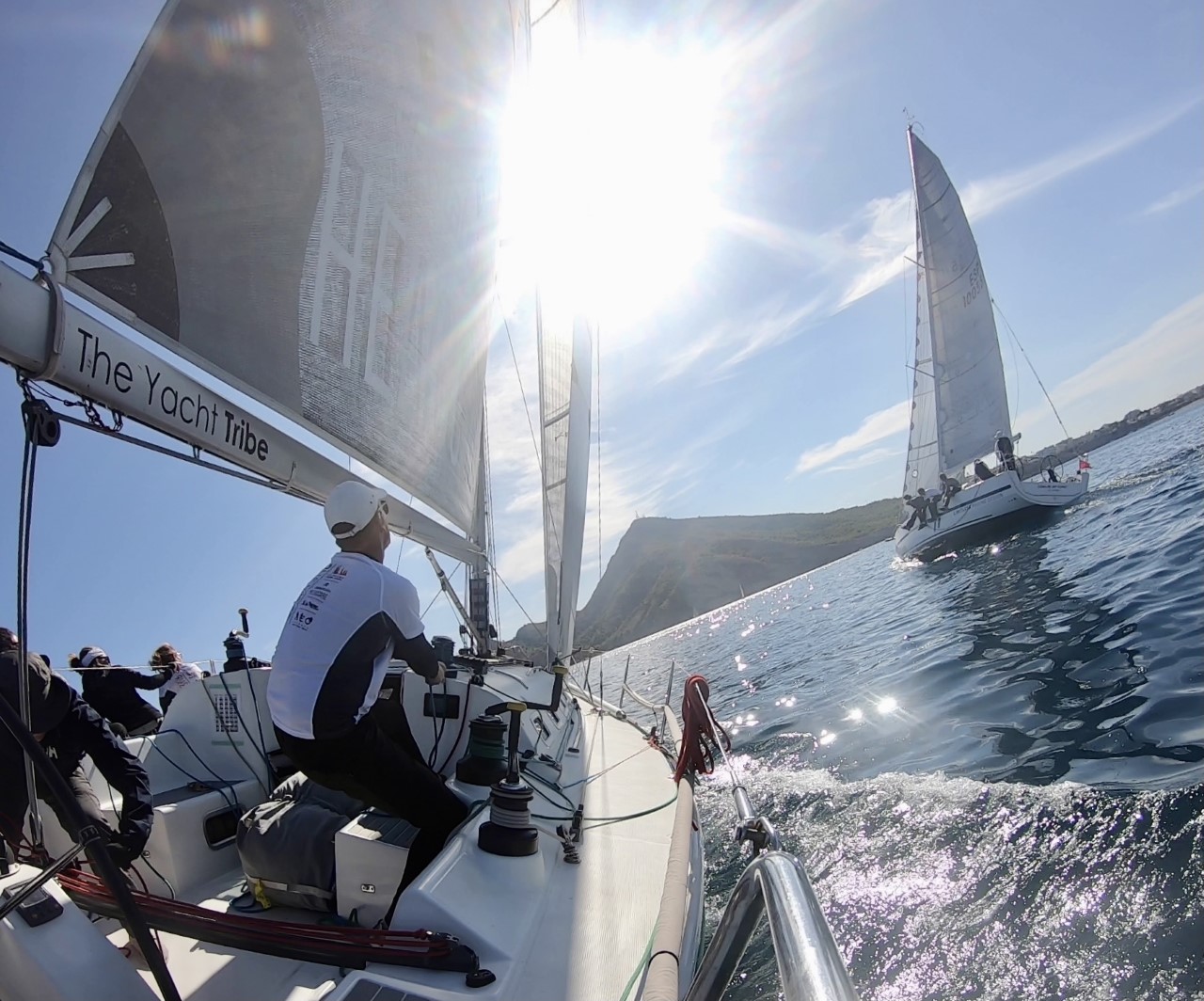Article written by our contributor: Cristina Elena Penciuc.
Cristina Elena Penciuc, MSc and MBA
Innovative Cultures and Societies
Diversity and Inclusion
Transformational Leadership
I want your 100%
What is the return on investment in your team? Many of the executives I met over the years have consistently revealed that their indicator for the commitment of their team members was their initiative taking. Management time is expensive, so without commitment, you may feel you need to tell for things to be done, instead of listening. How does an organization breed commitment?
Do you have wind in your sails?
The organizational culture is the legitimating power for the voluntary energy of the people to be released and purposefully engaged. In this context, initiative, commitment and collaboration represent competitive advantages in creating sustainable innovation capabilities within enterprises. Organizational energy is created and released when an organization’s people are emotionally and intellectually excited by the firm’s vision and values. [1]
“Organizational energy is a force like a sailor’s good wind. Invisible but holding the power to move the sailing vessel forward. It is measured by dynamism and urgency with which a company operates. “
Raj Sisodia
One of the most important tasks of a leader is to mobilize this energy and focus it on the achievement of meaningful goals. “Organizational energy is a force like a sailor’s good wind. Invisible but holding the power to move the sailing vessel forward. It is measured by dynamism and urgency with which a company operates. “ [2]
The two dimensions of organizational energy are its intensity and its quality. The intensity of organizational energy is reflected in the amount of activity, interactions, alertness and emotional arousal. Organizations that have low energy intensity are characterized by apathy, inertia, rigidity and cynicism. The quality of organizational energy can be positive (reflecting emotions such as love, enthusiasm, joy and satisfaction) or negative (associated with feelings such as fear, frustration and sorrow). [3]
No one learns in the echo chambers
One indicator of impact on performance is the attitude towards learning and transfer of trust across the organization. High-trust organizations are high-performance organizations. Kaizen is an originally Japanese management concept and a life philosophy for continuous change, assuming that every aspect of life deserves to be constantly improved. Toyota, for example, nurtures the kaizen philosophy which is reflected in a culture of learning which keeps it at the cutting edge of productivity and performance. “The openness is a prized virtue: unfavorable information is conveyed to executive management when it is identified, rather than being concealed. This allows the company to act upon bad news in a timely manner. When trust is extended it breeds responsibility in return, while seeking consensus dilutes responsibility.” [4]
“When trust is extended it breeds responsibility in return, while seeking consensus dilutes responsibility.”
Another indicator of impact on performance is the personalization of high-profile projects: the association of highly strategical projects with sponsors may be associated with lack of permission to fail. This in turn can inhibit the intention to act and experiment for fear of failure. When failure is not an option, you may extend control at the expense of the inclusion of diverse views discouraging others from taking initiative to engage or assume ownership, and ultimately at the expense of organizational learning.
When failure is not an option, you may extend control at the expense of the inclusion of diverse views discouraging others from taking initiative to engage or assume ownership, and ultimately at the expense of organizational learning.
This has an impact on the hiring practices as well [5]: while growing organizations hire and promote people for their contributions, the aging organizations hire and promote because of personality and despite lack of contribution. Here is where a family type of culture perpetuates itself, by reproducing its homogeneity in terms of its behaviors, fueling its own weakness in coping with new or disruptive business environments, which would require different behaviors and proactive initiative and risk taking.
[1], [2], [3], [4] Sisodia et al., Firms of Endearment. How World-Class Companies Profit from Passion. And Purpose (2014). Pearson Education.
[5], Adizes, I. (2004). Managing Corporate Lifecycles, Adizes Institute Publications, pp. 138; 128.
ABOUT COLLABWITH
Collabwith is a technology and a service to structure collaboration for innovation. It’s a tool to connect academics-startups-organizations. Because a tool is not enough to transform how you collaborate, here we have created a new methodology, personalized trainings, a new way of communication and a tailored made consulting for you to be more effective and efficient, now.
Grow your business and innovation through smart collaborations with Collabwith innovative and holistic approach to collaboration.
Magazine: https://collabwith.co
CollaborationXInnovation platform: https://platform.collabwith.co
Do you want to know more? Book a demo with us, Contact us here.

